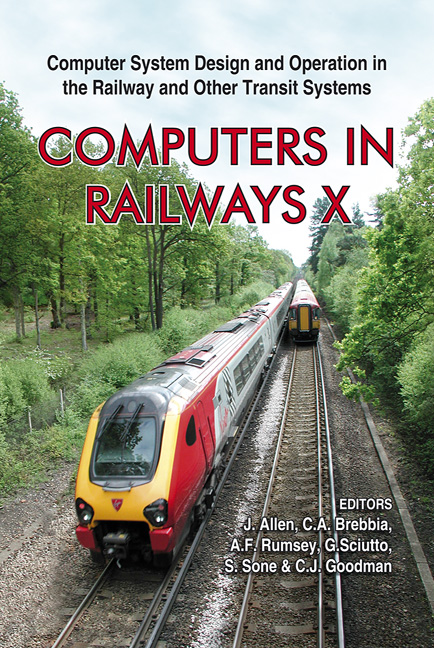Choices Between Stairs, Escalators And Ramps In Stations
Price
Free (open access)
Transaction
Volume
88
Pages
10
Published
2006
Size
607 kb
Paper DOI
10.2495/CR060011
Copyright
WIT Press
Author(s)
W. Daamen, P. H. L. Bovy & S. P. Hoogendoorn
Abstract
In assessing the design of a public transfer station it is very important to be able to predict the routes taken by the passengers. Most simulation tools use very simple route choice models, only taking into account the shortest walking distance or walking time between a passenger’s origin and destination. In order to improve this type of route choice model, other factors affecting passenger route choice need to be identified. Also, the way these factors influence route choice behaviour needs to be determined, indicating how each factor is valued. In this research, route choice data have been collected in two Dutch train stations by following passengers through the facility from their origins to their destinations. These data have been used to estimate extended route choice models. The focus in this contribution is on the influences of level changes in walking routes on passenger route choice behaviour. It appears that the different ways of bridging level changes (ramps, stairs, escalators) each have a significant and different impact on the attractiveness of a route to the traveller. Keywords: passenger behaviour, route choice, vertical infrastructure, choice models. 1 Introduction Public transport passengers are subjected to the problem of making route choice decisions in interchange nodes. This route choice becomes more and more complex, since public transport stations are slowly turned into multi-purpose facilities, including shopping and catering services. While this increases the number of activities that may be performed in a station, it also makes the station
Keywords
passenger behaviour, route choice, vertical infrastructure, choice models.





